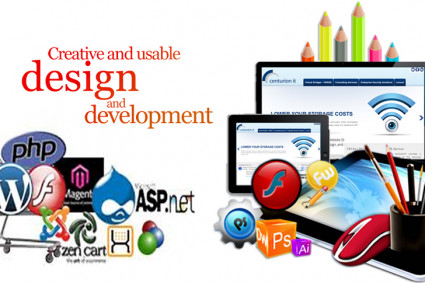
In the ever-evolving landscape of technology, augmented reality (AR) stands at the forefront, reshaping how we perceive and interact with the digital realm. Behind the seamless integration of virtual and real-world experiences lie the ingenious minds of augmented reality developers. These skilled professionals are the architects of innovation, crafting immersive applications that blur the lines between fiction and reality.
The Role of Augmented Reality Developers
Augmented reality developers are the backbone of AR technology, translating concepts into tangible, user-friendly applications. Their role extends beyond coding; they are storytellers, creating narratives that seamlessly blend virtual elements with our physical environment. With a multidisciplinary skill set encompassing programming, 3D modeling, computer vision, and UX design, these developers bring dreams of augmented reality to life.
Technical Proficiency
At the heart of augmented reality development lies technical proficiency. Developers must master programming languages such as C#, C++, and Java, depending on the platform they are working on. Unity and Unreal Engine are popular choices for creating AR experiences, requiring developers to be adept in these game development environments. Moreover, a solid understanding of computer vision and image recognition is crucial for AR applications to interpret and respond to the real world accurately.
Creativity and Design Thinking
While technical skills form the foundation, augmented reality developers are also artists of the digital realm. Creativity and design thinking are pivotal in crafting AR experiences that captivate users. Whether designing interactive overlays, immersive environments, or gamified elements, developers must think beyond code and consider the user experience. Striking a balance between technical functionality and aesthetic appeal is where the magic of AR development truly happens.
The Rise of AR Platforms
Augmented reality developers operate within a diverse ecosystem of platforms, each with its own set of challenges and opportunities. Mobile AR, as seen in applications like Pokémon GO, brings AR experiences to smartphones, requiring developers to optimize for varying device capabilities. Spatial AR, on the other hand, leverages advanced technologies like Microsoft's HoloLens, offering immersive experiences in physical space.
WebAR is gaining traction, allowing users to access AR content through web browsers without the need for dedicated applications. This presents a unique set of challenges for developers, as they must optimize experiences for a wide range of devices and browser configurations. As AR continues to evolve, developers must adapt and innovate across these platforms to ensure seamless user experiences.
Challenges in Augmented Reality Development
While the world of augmented reality is brimming with possibilities, developers face inherent challenges. Ensuring smooth integration with hardware, overcoming latency issues, and creating realistic virtual elements are just a few hurdles developers must surmount. Moreover, the rapid pace of technological advancement necessitates continuous learning and adaptation.
Collaboration and Interdisciplinary Skills
The collaborative nature of augmented reality development cannot be overstated. Developers often work in interdisciplinary teams, collaborating with designers, animators, and even psychologists to create holistic AR experiences. Strong communication skills are essential as developers translate complex technical concepts for non-technical stakeholders, fostering a harmonious working environment that fuels creativity and innovation.
Educational Pathways for Aspiring AR Developers
For those aspiring to venture into augmented reality development, a variety of educational pathways exist. Formal degrees in computer science, software engineering, or related fields provide a solid foundation. However, the rapidly evolving nature of AR technology also makes self-directed learning and online courses invaluable. Platforms like Coursera, Udacity, and edX offer specialized courses in AR development, covering everything from basic concepts to advanced techniques.
The Impact of Augmented Reality in Various Industries
The applications of augmented reality extend far beyond entertainment, infiltrating diverse industries. In healthcare, AR is revolutionizing surgery with immersive simulations and aiding medical professionals in visualizing complex anatomical structures. In education, AR enhances learning experiences by bringing subjects to life through interactive visualizations. Retail embraces AR for virtual try-ons, allowing consumers to visualize products in their real-world environment before making a purchase.
Emerging Trends in Augmented Reality Development
Staying at the forefront of augmented reality development requires developers to be attuned to emerging trends. The integration of artificial intelligence and machine learning enhances AR capabilities, allowing applications to adapt and learn from user interactions. Hand tracking and gesture recognition technologies are gaining prominence, providing more intuitive ways for users to interact with AR environments.
The Future of Augmented Reality Developers
As we look to the future, the role of augmented reality developers will only become more pivotal. Advancements in hardware, such as AR glasses, will open new frontiers, and developers will play a crucial role in harnessing these technologies for transformative applications. The democratization of AR development tools will empower a new generation of creators, fostering innovation across industries.
In conclusion, augmented reality developers are the architects of a digital revolution that blurs the boundaries between the virtual and the real. Their technical prowess, coupled with creativity and design thinking, creates immersive experiences that enrich our lives. As technology continues to advance, the role of augmented reality developers will remain central to unlocking the full potential of this transformative technology.





